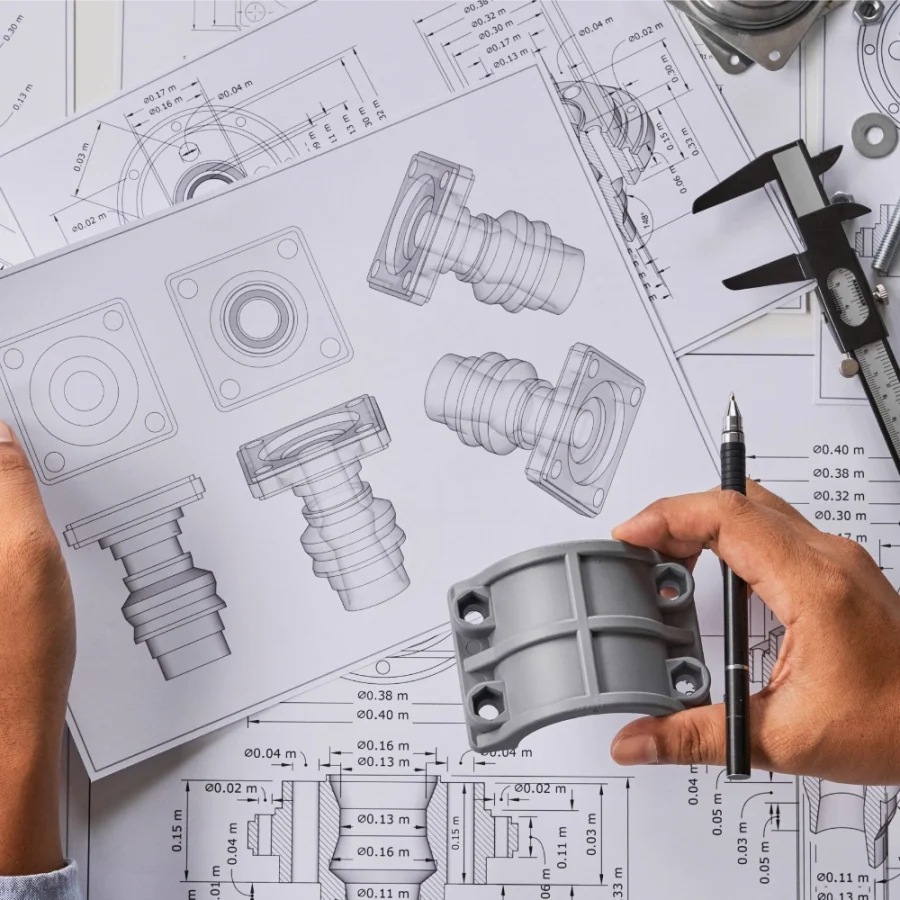Build the Future Today The Power of Innovation Through Prototyping!
Bring Your Ideas to Life with Prototyping
Prototyping is the process of creating and testing a temporary and scaled model of a product or system design at a certain stage in the design process before it is fully realized.
A prototype is used to visualize, understand, evaluate, and improve certain aspects of the designed product or system.
The prototyping process is employed in the early stages of the design process to provide rapid and effective feedback. At this stage, designers, engineers, and other relevant stakeholders can assess the accuracy of the design, test functional and aesthetic elements, and identify potential problems in advance.
Prototypes are typically made using different materials and represent a full-scale model of the product or system. This allows for a better understanding of the design’s physical dimensions, shape, and functionality, providing valuable insights to users or stakeholders. Prototypes can also be used to test elements such as user experience, ergonomics, and usability.
The prototyping process is employed in the early stages of the design process to provide rapid and effective feedback. At this stage, designers, engineers, and other relevant stakeholders can assess the accuracy of the design, test functional and aesthetic elements, and identify potential problems in advance.
Prototypes are typically made using different materials and represent a full-scale model of the product or system. This allows for a better understanding of the design’s physical dimensions, shape, and functionality, providing valuable insights to users or stakeholders. Prototypes can also be used to test elements such as user experience, ergonomics, and usability.

Our Workflow
Rapid Iteration
The prototyping process allows for the design to be quickly developed through iterative improvements. Different design options can be tested rapidly, and improvements can be made based on user feedback.
User Feedback
Prototypes are used to gather early-stage feedback from users. This helps in identifying design flaws early on and better aligning with user needs.
Cost and Time Savings
Creating a prototype provides an opportunity to identify design flaws before fully developing the actual product. This results in cost and time savings by detecting errors in the earlier stages.
Tangible Design
Prototypes transform abstract concepts into tangible forms. This strengthens communication between designers, engineers, and stakeholders by creating a better understanding.
Risk Management
Prototypes provide an opportunity to identify and eliminate potential risks in the design process at early stages. This helps anticipate issues that may arise during the actual product development process.
Focused Design
The prototyping process allows the design team and stakeholders to focus on a specific design concept. This ensures better focus on main goals and requirements, making the design process more effective and efficient.